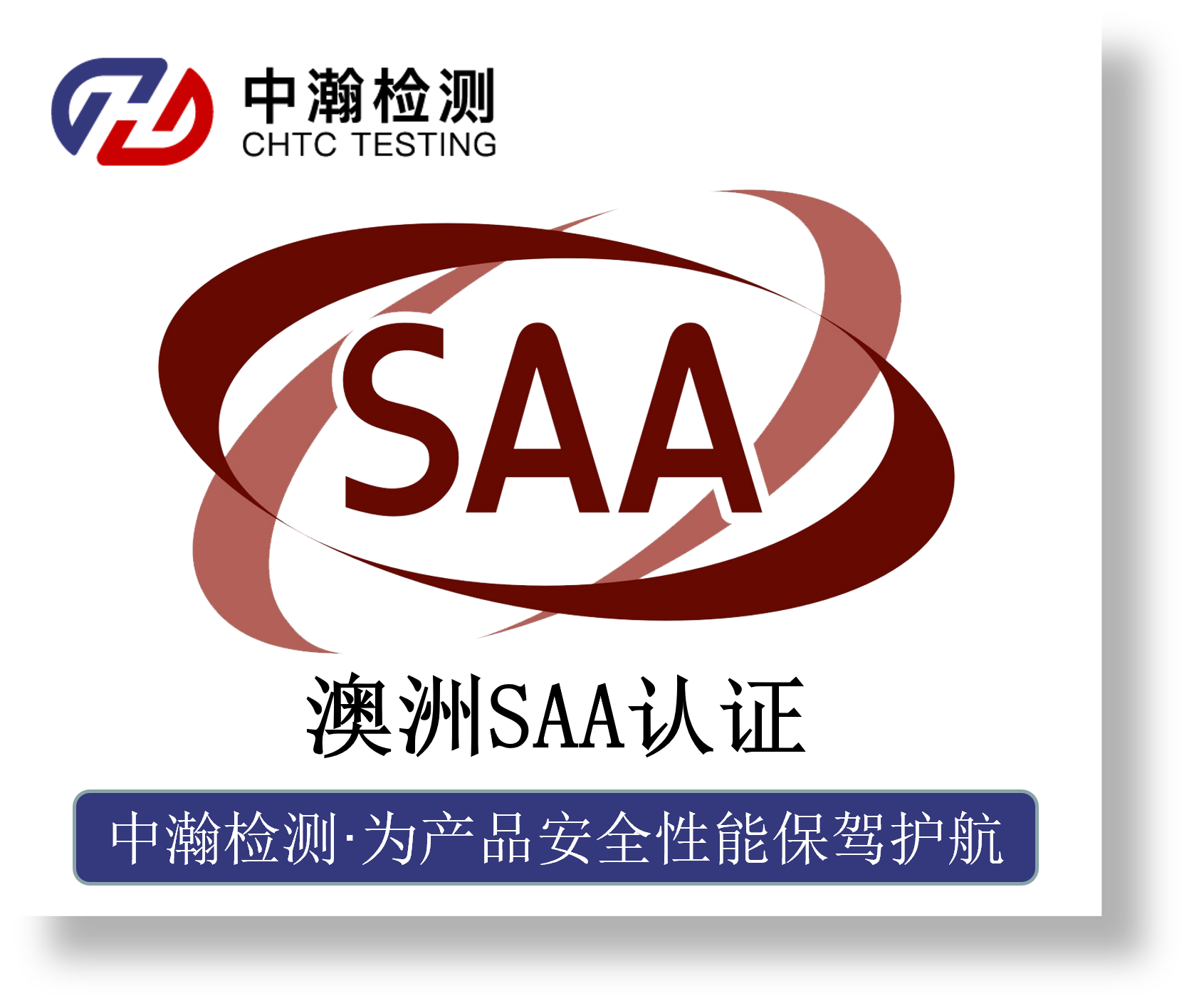Australian SAA certification
Introduction to SAA Certification
SAA certification is a standard setting organization in Australia, abbreviated as the Standards Association of Australia. The organization was established in 1922 as the Australian Federal Engineering Standards Institute and renamed the Australian Standards Institute in 1929. With the continuous development of the business, Quality Certification Services Co., Ltd. was added in 1990. In 1999, the organization completely abandoned its association nature and registered as a company (Standards Australia Limited) until now.
Australian International Standards Corporation is relatively neutral towards the government and users, and has no direct relationship with the government, but the federal and state governments are members of it. In 1988, it signed a memorandum of understanding with the federal government, recognizing SAA as the highest non-governmental standards organization in Australia and clarifying its independence and authority in Australia. The company is headquartered in Sydney and has offices in various states with over 500 employees. It also has branch offices in India, Indonesia, and New Zealand.
Both imported and locally assembled electrical products must comply with SAA certification before entering the Australian market for sale, and all electrical products must pass SAA safety certification.
SAA certification mark
Electrical products must comply with SAA certification before entering the Australian market for sale

There are two main types of SAA certification marks, one is formal certification and the other is standard mark. Formal certification is only responsible for samples, while standard marks require factory inspection by each individual. The scope of SAA certification mainly includes quality management system, environmental management system, occupational health and safety management, information security management, and HACCP food safety management.
Applicable product scope
The products controlled by SAA certification can be divided into two types: mandatory electronic products and non mandatory electronic products:
1. Declared Electrical Products covers 56 major categories of products, such as external power sources or chargers, wires, plugs, household appliances (60335-2-9, -14, 15, -23, -80), lighting fixtures (60598-2-4), etc. Controlled electrical appliances are required to obtain a certificate of approval issued by the monitoring department, namely SAA certification, and are required to be labeled (with a certificate number).
2. Non Declared Electrical Products refer to products that are not subject to mandatory certification, such as commercial kitchen appliances. Although non regulated products are not required to obtain certification, their safety is the responsibility of the seller/manufacturer, and they can voluntarily apply for certification. The monitoring department will issue a Certificate of Suitability to products that meet the standard requirements. Electrical products that have obtained a Certificate of Suitability can be labeled with a certificate number, and the last letter of the certificate will indicate which state or region issued the certificate.
SAA Certification Notice
SAA is a certification that electrical products entering the Australian market must comply with local safety regulations, which is commonly faced by the industry. Due to the mutual recognition agreement between Australia and New Zealand, all products certified in Australia can smoothly enter the New Zealand market for sale.
2. Formal certification is only responsible for samples, while standard marks require factory inspection by each individual. At present, there are two ways to apply for SAA certification in China. One is to transfer through a CB test report. If there is no CB test report, one can also apply directly.
3. Australian standards start with "AS", while joint standards between Australia and New Zealand start with "AS/NZS". The standards of Australia and New Zealand are basically consistent with IEC, but there are some national differences. Australia and New Zealand promote standardization and mutual recognition of certification, and products can be sold in another country as long as they obtain certification from one country.
In the scope of SAA certification, currently Chinese manufacturers' application for SAA certification is mainly limited to product certification. According to the different types of products, product certification mainly adopts two methods: "formal recognition" and "standard mark". The "formal recognition" only requires manufacturers to provide product samples for testing according to SAA's product standards, while the "standard mark" not only requires testing of samples, but also requires factory inspection. Generally, factories are required to have an effective quality management system in place during the production process of products applying for certification.
Application process
1. Fill out the application form
2. Product sample testing
3. Sample rectification (when testing fails)
4. Issue a report
5. Report evaluation
6. Issue certificate
Application materials
1. Application Form
2. CB certificate and report
3. Product label (containing corresponding certification mark)
4. PCB printed circuit board
5. Current Filter Description
6. Converter manual
7. Product photos
8. List of key components (usually required for direct application cases)
9. Key component certificate
10. User Manual (in English or certified language)
11. Plug Test Report (AUPlugTestReport required by SAA)

